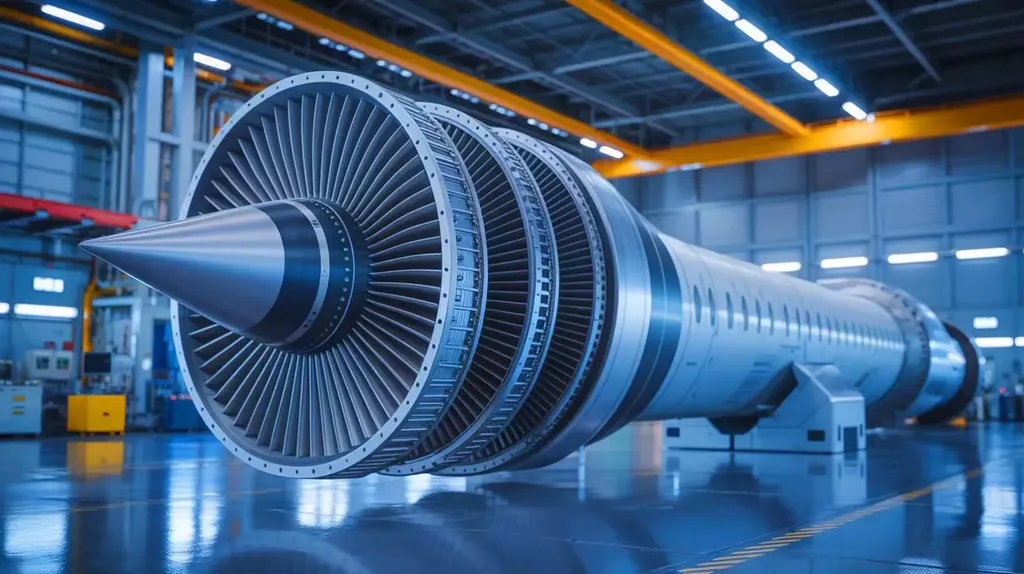In the realm of energy and materials science, a team of researchers from the Central South University in China has made a significant stride in improving the performance of nickel-based superalloys, which are crucial materials for high-efficiency turbine blades. The team, led by Yunpeng Fan and Xinbao Zhao, has developed a novel strategy to enhance the creep resistance of directionally solidified superalloys, potentially revolutionizing the energy sector’s pursuit of more efficient and reliable power generation.
The researchers’ approach is a departure from conventional methods that often rely on adding elements like carbon, boron, and zirconium to strengthen grain boundaries, which can sometimes lead to premature fractures. Instead, they employed a subtractive alloy design strategy, removing these conventional grain boundary strengthening elements from nickel-based directionally solidified superalloys. This strategy resulted in a remarkable 60% improvement in creep performance, matching that of second-generation single crystal superalloys.
Through extensive characterization of heat-treated and heat-exposed microstructures, the team confirmed the suppression of deleterious grain boundary phases. Creep tests and fracture analysis revealed a critical shift in the failure mechanism. By removing the aforementioned elements, the fracture mode transitioned from transgranular to intergranular. This microstructural engineering is linked to the underlying creep deformation mechanisms, with enhanced performance stemming from the stabilization of gamma channels and phase interfaces within grains, as well as the strengthening of grain boundaries through serration.
The practical applications of this research for the energy sector are substantial. The novel materials design principle decouples grain boundary strengthening from elemental additions, offering transformative potential for next-generation high-efficiency turbine blades. This could lead to more reliable and efficient power generation, reducing energy costs and environmental impact. The research was published in the journal Nature Communications, a reputable source for cutting-edge scientific findings.
This article is based on research available at arXiv.

